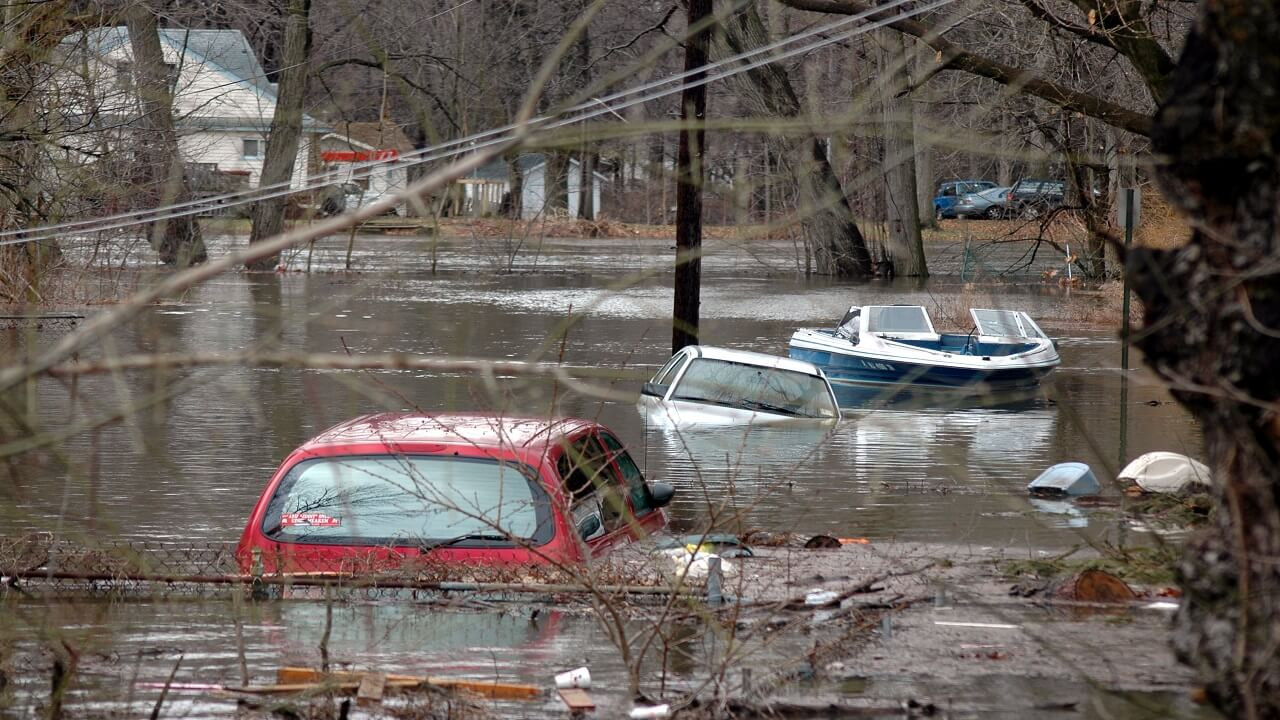
Role of Agriculture in Climate Change and Carbon Dioxide Removal
October 18, 2022, 9:55 am
Climate change is one of the biggest threats we face so carbon removal or sequestration is very important.
Everyday activities like driving a car or a motorbike, using air conditioning and/or heating and lighting houses consume energy and produce emissions of greenhouse gases (GHG) like carbon dioxide, which contribute to climate change.

When the emissions of GHGs are rising, the Earth’s climate is affected, the average weather changes and average temperatures increase which causes devastating weather incidents like flooding, drought etc.
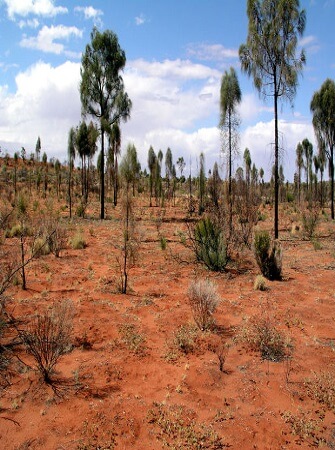
Role of Agriculture in Climate Change and Carbon Dioxide Removal
In agriculture different sources and sinks release, take up and store three types of GHGs: carbon dioxide (CO2), methane (CH4) and nitrous oxide (N2O). Many agricultural practices emit GHGs to the atmosphere; for example, by using fertilizers N2O is released from the soil and by burning agricultural residues CO2 levels rise. CH4 is set free in the digestion process of livestock, as well as if rice is grown under flooded conditions. When land is converted to cropland and trees are felled, a source of CO2 emissions is created.
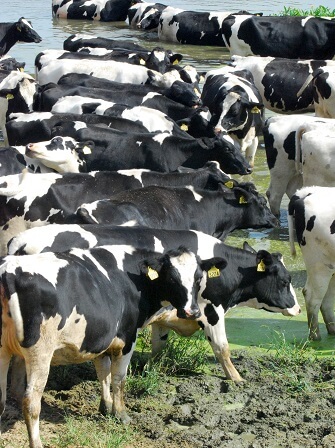
What are Carbon Dioxide Removal and Negative Emissions?
Carbon dioxide removal (CDR) refers to the process of removing CO2 from the atmosphere. Since this is the opposite of emissions, practices or technologies that remove CO2 are often described as achieving ‘negative emissions’. The process is sometimes referred to more broadly as greenhouse gas removal if it involves removing gases other than CO2.
There are two main types of CDR: either enhancing existing natural processes that remove carbon from the atmosphere (e.g., by increasing its uptake by trees, soil, or other ‘carbon sinks’) or using chemical processes to, for example, capture CO2 directly from the ambient air and store it elsewhere (e.g., underground). All CDR methods are at different stages of development and some are more conceptual than others, as they have not been tested at scale.
Limiting warming to 1.5°C above pre-industrial levels would require unprecedented rates of transformation in many areas, including in the energy and industrial sectors, for example. Conceptually, it is possible that techniques to draw CO2 out of the atmosphere (known as carbon dioxide removal, or CDR) could contribute to limiting warming to 1.5°C. One use of CDR could be to compensate for greenhouse gas emissions from sectors that cannot completely decarbonize, or which may take a long time to do so.
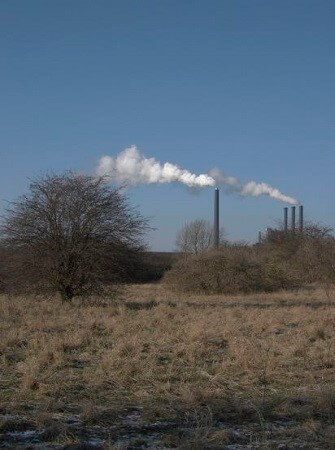
If global temperature temporarily overshoots 1.5°C, CDR would be required to reduce the atmospheric concentration of CO2 to bring global temperature back down. To achieve this temperature reduction, the amount of CO2 drawn out of the atmosphere would need to be greater than the amount entering the atmosphere, resulting in ‘net negative emissions’. This would involve a greater amount of CDR than stabilizing atmospheric CO2 concentration – and, therefore, global temperature – at a certain level. The larger and longer an overshoot, the greater the reliance on practices that remove CO2 from the atmosphere.
There are a number of CDR methods, each with different potentials for achieving negative emissions, as well as different associated costs and side effects. They are also at differing levels of development, with some more conceptual than others.
One example of a CDR method in the demonstration phase is a process known as bioenergy with carbon capture and storage (BECCS), in which atmospheric CO2 is absorbed by plants and trees as they grow, and then the plant material (biomass) is burned to produce bioenergy. The CO2 released in the production of bioenergy is captured before it reaches the atmosphere and stored in geological formations deep underground on very long time scales. Since the plants absorb CO2 as they grow and the process does not emit CO2, the overall effect can be to reduce atmospheric CO2.
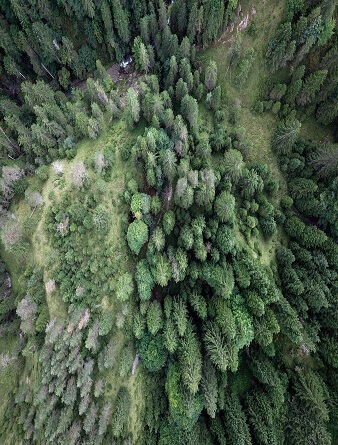
Afforestation (planting new trees) and reforestation (replanting trees where they previously existed) are also considered forms of CDR because they enhance natural CO2 ‘sinks’. Another category of CDR techniques uses chemical processes to capture CO2 from the air and store it away on very long time scales. In a process known as direct air carbon capture and storage (DACCS), CO2 is extracted directly from the air and stored in geological formations deep underground. Converting waste plant material into a charcoal-like substance called biochar and burying it in soil can also be used to store carbon away from the atmosphere for decades to centuries.
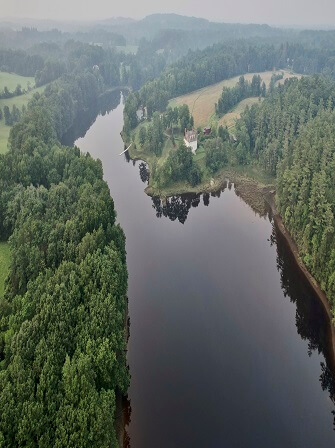
There can be beneficial side effects of some types of CDR, other than removing CO2 from the atmosphere. For example, restoring forests or mangroves can enhance biodiversity and protect against flooding and storms. But there could also be risks involved with some CDR methods. For example, deploying BECCS (Bioenergy with Carbon Capture and Storage) at large scale would require a large amount of land to cultivate the biomass required for bioenergy. This could have consequences for sustainable development if the use of land competes with producing food to support a growing population, biodiversity conservation or land rights. There are also other considerations. For example, there are uncertainties about how much it would cost to deploy DACCS as a CDR technique, given that removing CO2 from the air requires considerable energy.
Agriculture Impact on Climate Change and Carbon Dioxide Removal
Agriculture is an important contributor to climate change, but it also provides a sink and has the potential to lessen climate change.
Carbon sequestration means that carbon dioxide is captured from the atmosphere through photosynthesis by the tree or plant to store it as cellulose in its trunk, branches, twigs, leaves and fruit and oxygen is released to the air in return. Also the roots of the trees and plants take up carbon dioxide.
Decomposing organic materials increase the amount of carbon stored in the soil, which is higher than the total amount in the vegetation and the atmosphere. Animals breathe in oxygen and breathe out CO2 and through their faeces carbon and N2O is released to the soil.
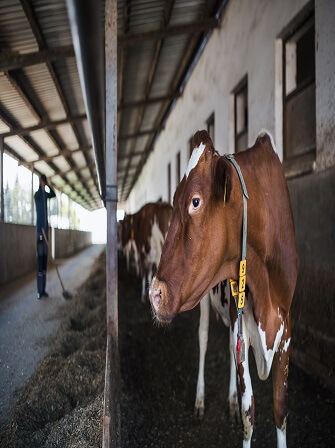
To slow down climate change impacts, the emissions of GHGs (greenhouse gases) need to be reduced immediately. As explained above several activities in agriculture and forestry contribute to GHG emissions. Changing these, and switching to new sustainable land management practices can support the uptake and the reduction of GHGs.
Some agricultural activities can increase the amount of organic matter and carbon in the soil by using cover crops or reduce the emissions of methane through improving feeding practices. Sustainable forest management can avoid the destruction of forests and the release of CO2, and planting new trees sequesters more CO2.
Agricultural land management practices which have GHG mitigating Effects
Below are some of the activities that can reduce GHG in agriculture and improve climate change:
Improved cropland management
In this activity, improved agronomic practices such as the following can be adopted:
- Use of cover crops
- Improved crop/fallow rotations
- Improved crop varieties
- Use of legumes in crop rotation
Integrated nutrient management
Useful soil nutrient techniques that can be adopted here are:
- Increased efficiency of nitrogen fertilizer; organic fertilization; legumes and green manure;
- Compost; animal manure
Tillage/residue management
The following tillage practices can be adopted to limit the release of carbon dioxide:

- Incorporation of residues
- Reduced/zero tillage
Water management

Efficient water usage methods that can help with climate change are:
- Live barriers/fences
- Various agroforestry practices: undersowing of Tephrosia vogelii, pigeon
- Pea and Sesbania sesban in maize for soil fertility improvement; dispersed tree
- Interplanting (e.g. Faidherbia, Acacia
- Polycantha, A.galpiniii. and contour grass hedges)
Improved pasture and grazing management
Animal farming is a major release source of GHG (greenhouse gases) and the remedial steps that can be taken to reduce its release are highlighted below:
Improved pasture management
- Improving forage quality and quantity
- Seeding fodder grasses
- Improving vegetation community structure (e.g. seeding fodder grasses or legumes; reducing fuel load by vegetation management)
Improved grazing management
- Stocking rate management
- Rotational grazing
Restoring degraded land
- Re-vegetation
- Applying nutrient amendments (manures, biosolids, compost)
REFERENCES
FAO Carbon Finance Possibilities for Agriculture, Forestry and Other Land Use Projects in a Smallholder Context
Global warming of 1.5°C: An IPCC Special Report on the impacts of global warming of 1.5°C
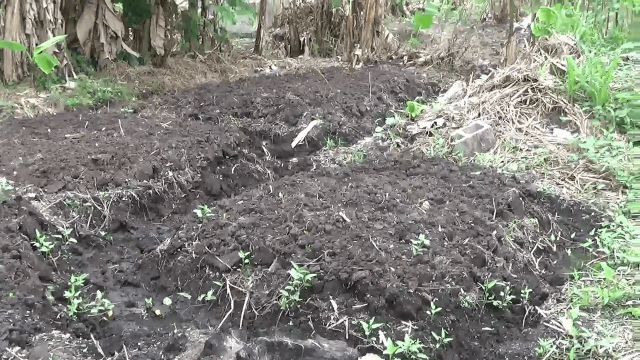
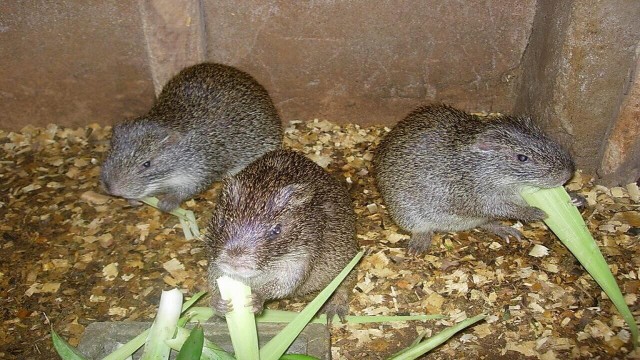


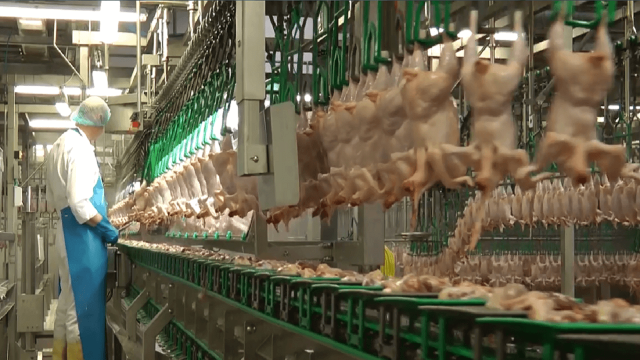

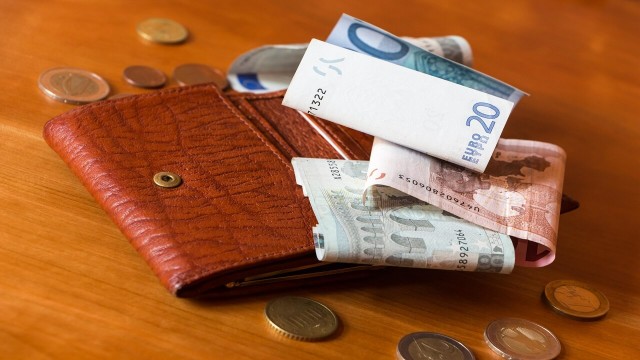


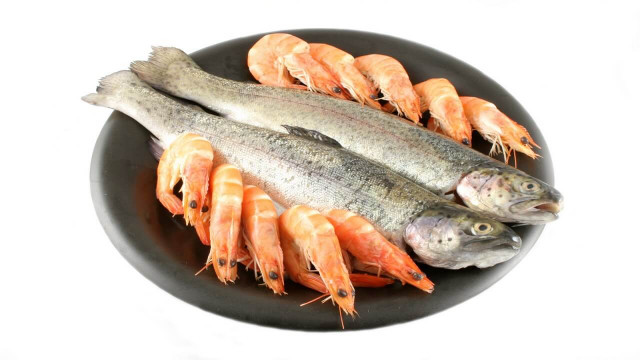

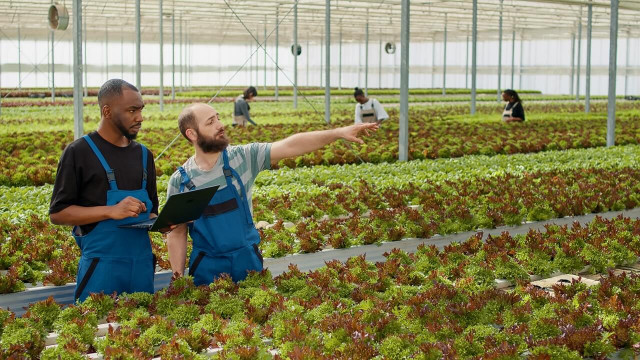
Share This Article: